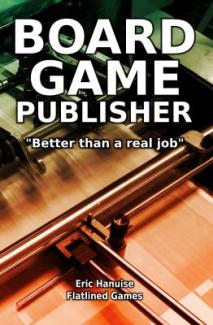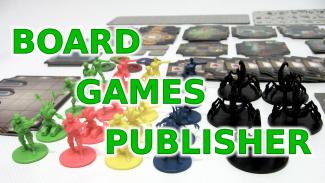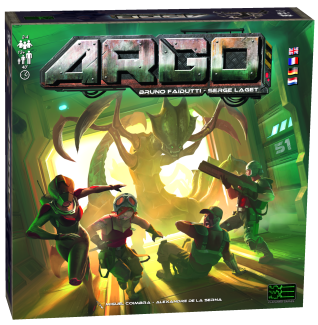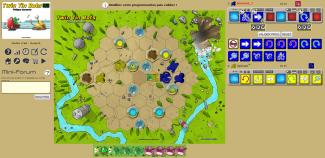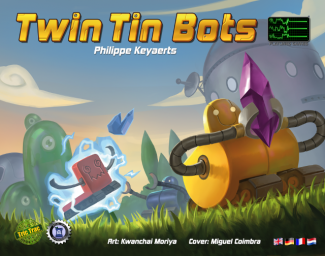Press release - For immediate distribution
New boardgames publisher : Flatlined Games
Flatlined Games is a new boardgames publisher, based in Brussels, Belgium.
Founded by Eric Hanuise, Flatlined Games publishes and develops complex board games, with strong themes and multiple game mechanics, for demanding players.
Flatlined Games editorial line focuses on highly thematic games, and will include mostly either very complex games with multiple mechanisms or very simple and fun fillers.
Flatlined Games will target niche markets in the boardgames market, and address these niches globally with multilingual editions.
Flatlined Games primarily sells direct on its web site given our small print runs, but we are also open to distribution deals in Europe and US markets. Retailer enquiries are welcome too.
Flatlined Games reckon that your friendly local gaming shop is a key player in the spread of hobby games. Given our niche target market and low print run volumes we must mostly sell direct from our website, however we wish to support the local retailers. To this end we introduce our 'ship to your retailer' program : customers that are willing to have their order delivered at their local retailer instead of home will get a small discount. The goal is to have customers visit the retailers, giving them an extra sales opportunity.
